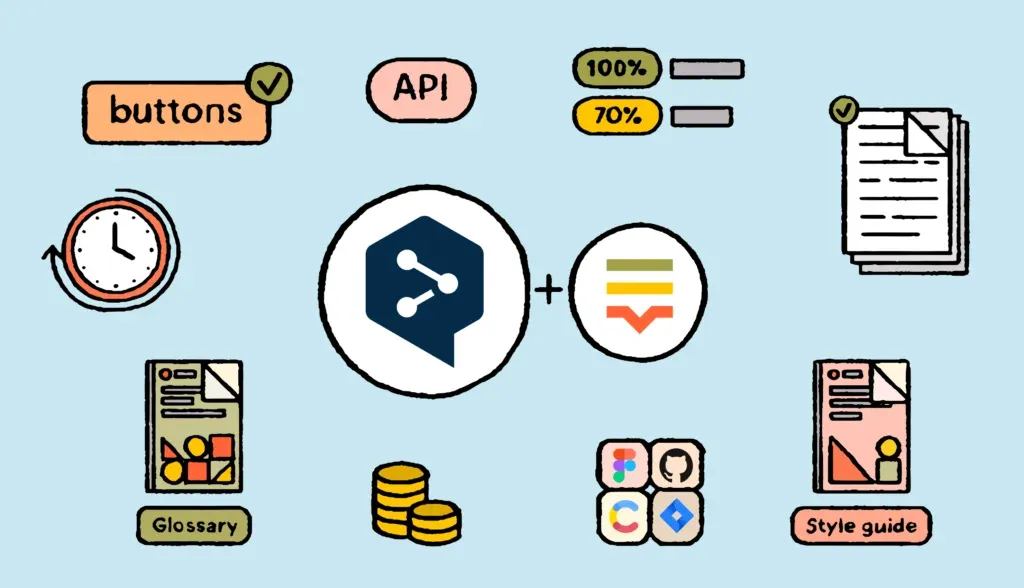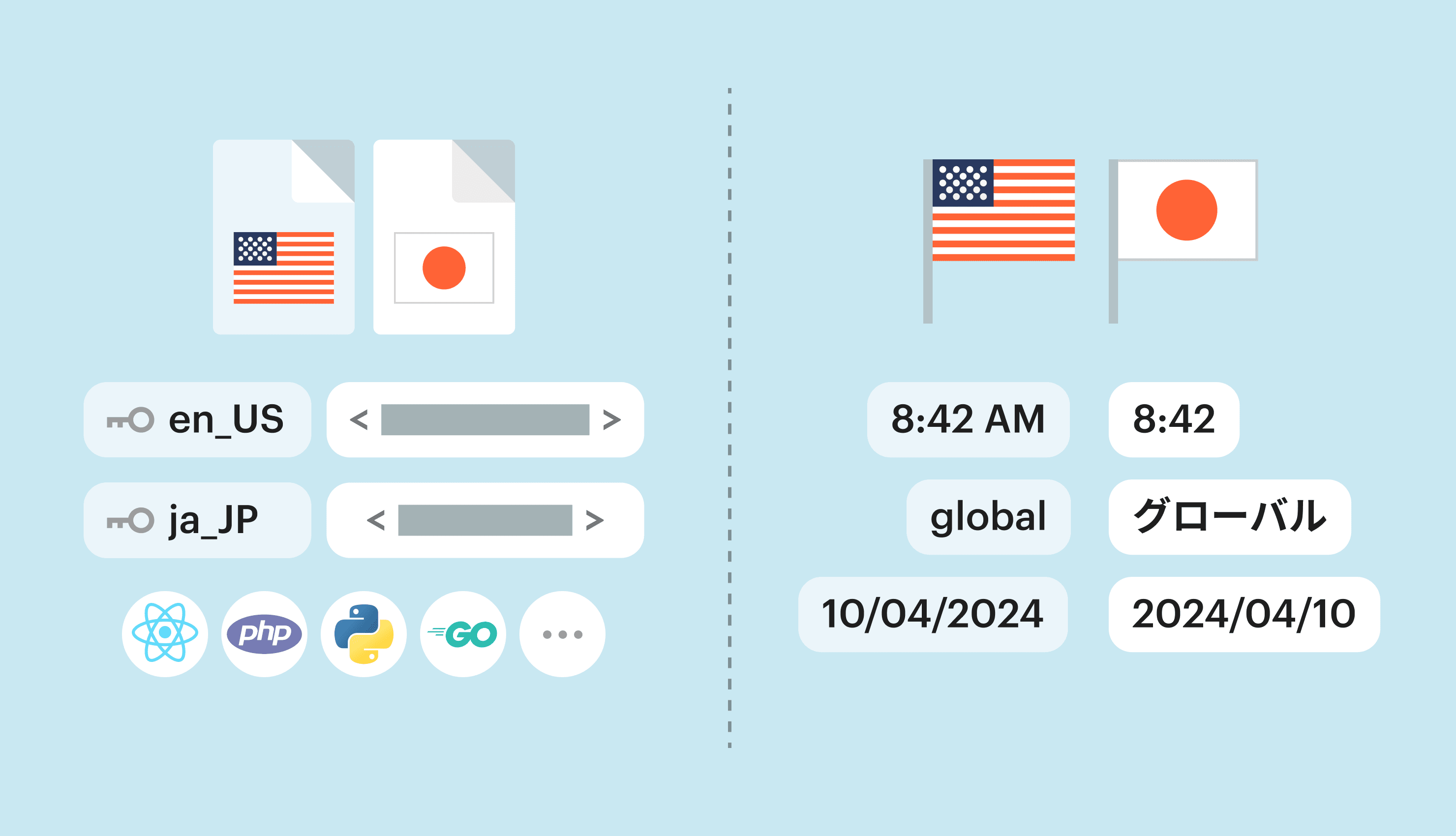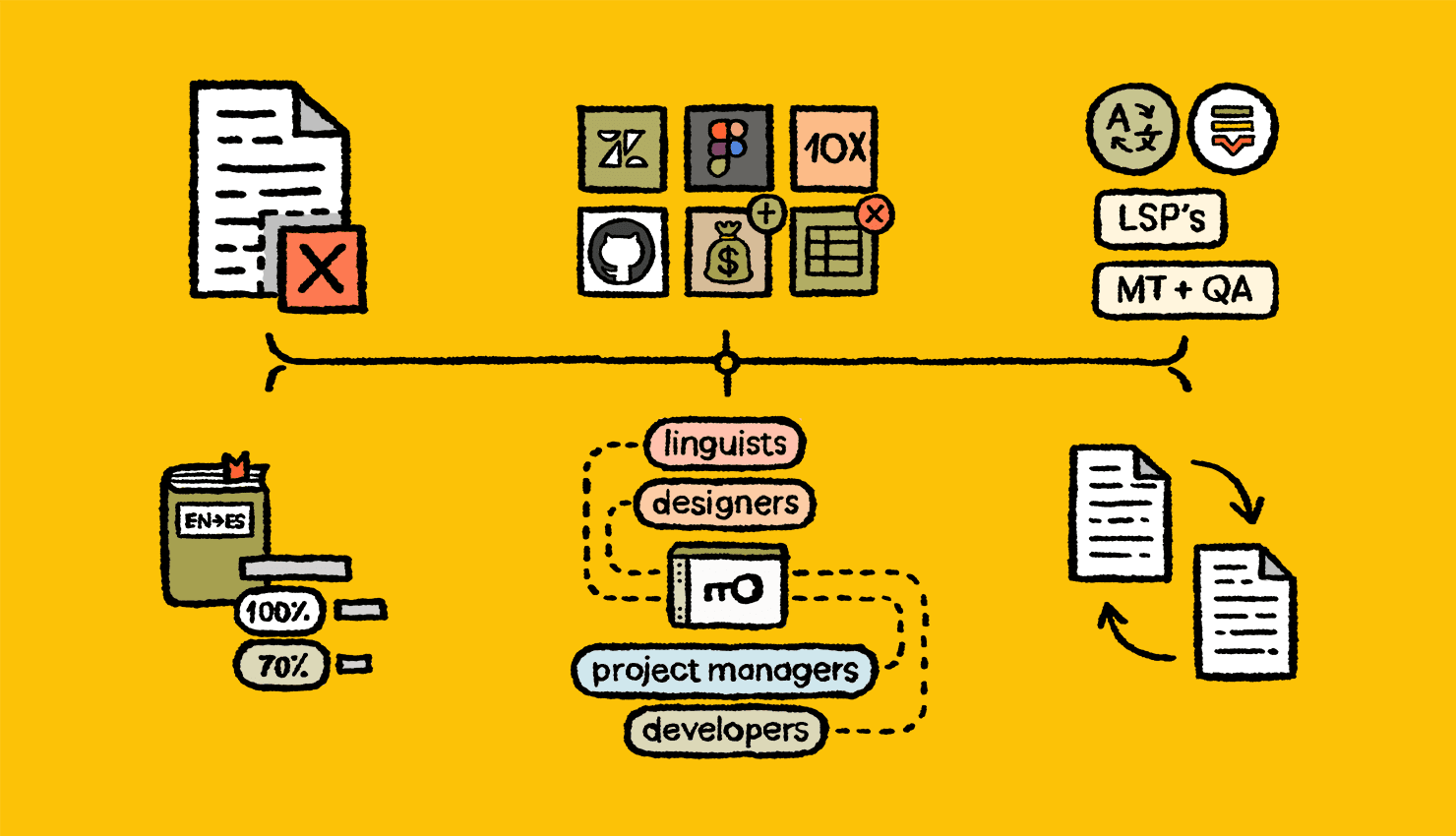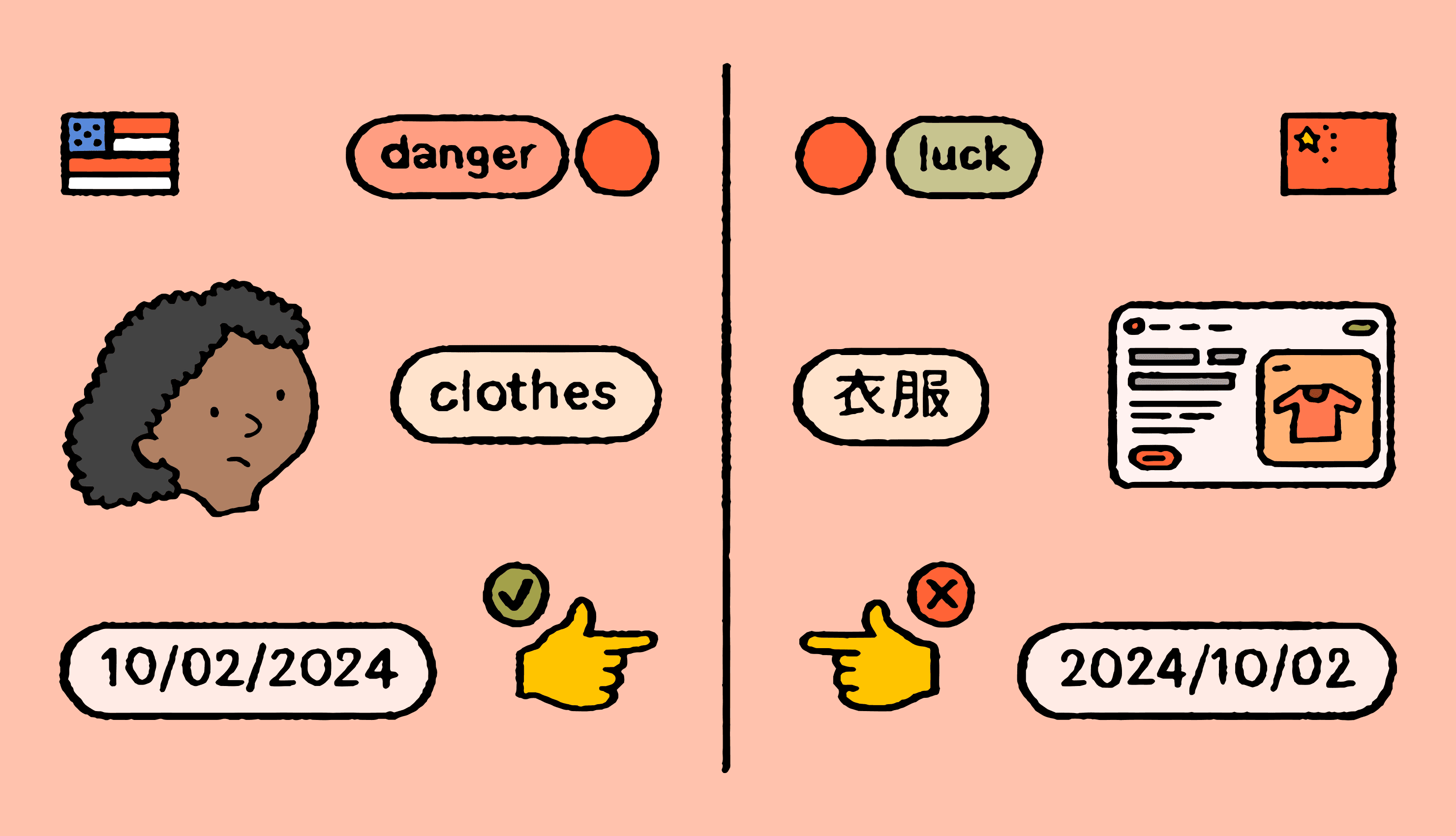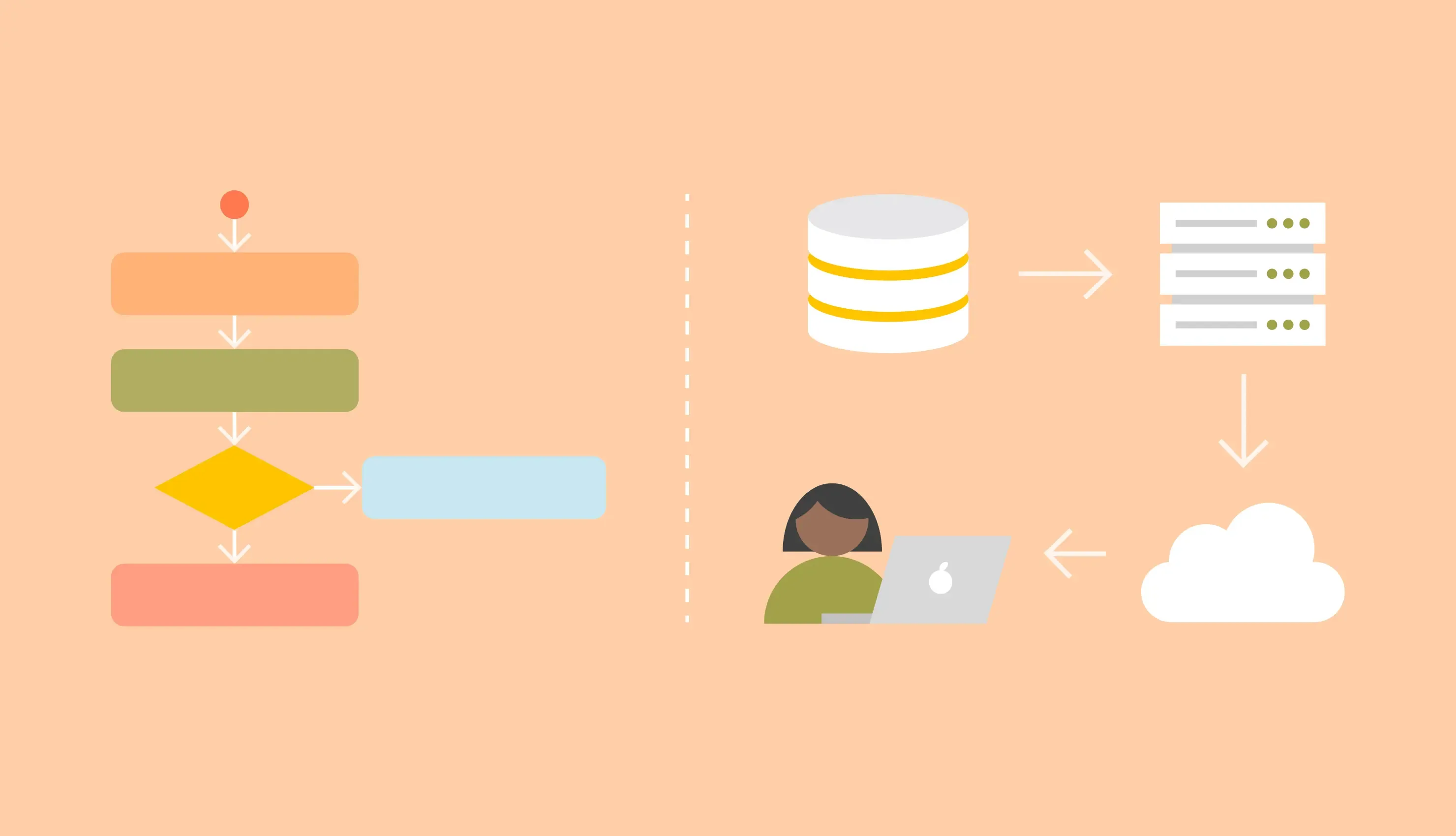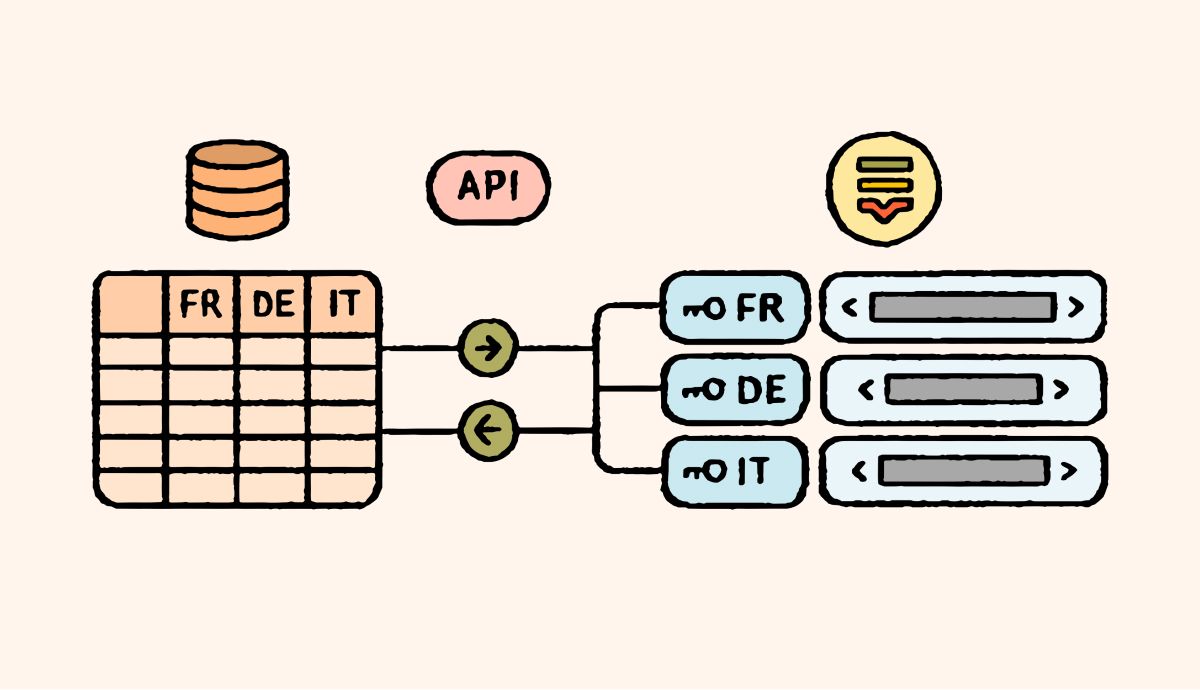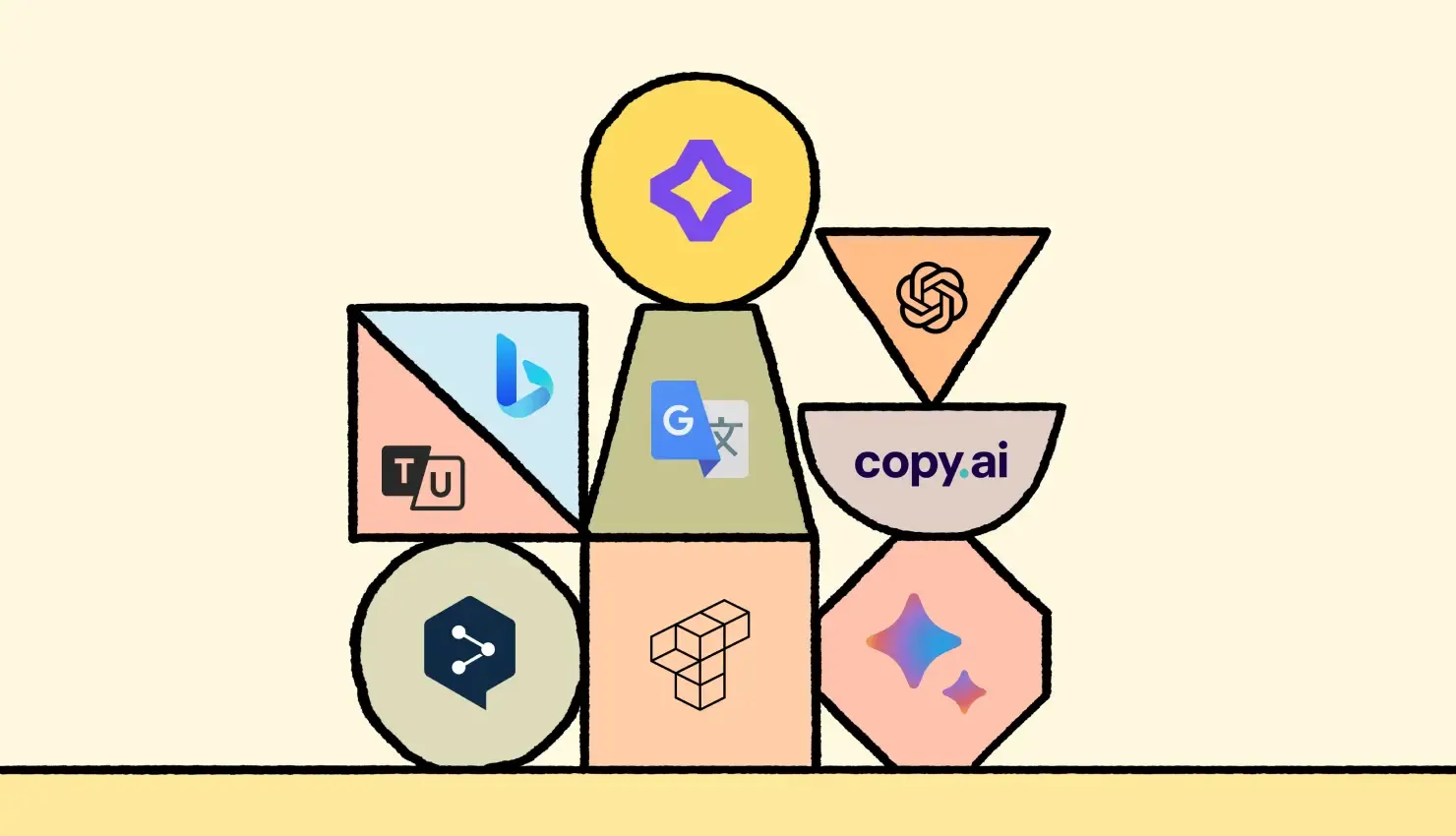Is DeepL Accurate? Translation Quality Reviewed
Back in 2018, TechCrunch praised DeepL for being more accurate and nuanced than other machine translation tools in the field. The article claimed that DeepL had outdone other tech giants and raised the bar for machine translation. Today, DeepL is one of the leading machine translation tec
Updated on February 8, 2024·Rachel Wolff Beginner’s guide to internationalization (i18n)
Ever wondered how apps and websites can show up in different languages with just a few clicks? That’s the magic of internationalization, or “i18n” for short (because there are 18 letters between “i” and “n” in the word). It’s all about setting things up behind the scenes, so your product can easily switch languages, adapt to regional preferences, and feel local—no matter where your users are. In
Updated on May 29, 2025·Ilya Krukowski Translation costs: rates per word and how to lower them [+ free calculator]
Now, as well as coordinating translation workflows and overseeing freelancers, you also need to balance decreasing budgets. That means understanding translation rates and how to lower them — all without decreasing the quality. A tricky task, but one we’re here to help with. In this article, learn what you should be spending on translations and 10 ways you can start decreasing
Updated on May 27, 2025·Gita Timofejeva Localization Rate: What Affects Costs for Content and Websites
96% of marketers reported positive ROI from localization, with 65% seeing returns of three times or higher. And it’s not just about revenue. 75% said localization led to a strong…
Updated on May 27, 2025·Gita Timofejeva What are language barriers and can you be a borderless business?
Breaking down language barriers is critical when entering new markets. When you do business with customers in their mother tongue, their perception of you changes. You become more credible. You reduce barriers to entry, improve customer experiences, and build brand trust. The outcome:
Updated on January 30, 2024·Rachel Wolff Decoupling a monolithic PHP application: a practical example
Decoupling a monolith is not a rare problem. It has cropped up in most of the companies I’ve worked at. This happens because, at the early stages of any startup, there is so-called decision debt being accumulated. As a result, the chosen architecture is optimal for rapid development and experimentation, but not for a mature product environment. Considering that this proble
Updated on September 23, 2024·Ilya Levin A developer's guide to translating dynamic content
Translating dynamic content is often challenging, especially when it comes to website localization. Websites frequently have constantly changing elements like user-generated content, real-time updates, or personalized messages that require seamless integration of translations. Effective website localization ensures that all these dynamic parts are accurately translated and displayed in the correct context, providing a smooth and
Updated on August 29, 2024·Joe Brockbank We tested top 10 AI translation tools so you don’t have to
Can AI translation tools really replace human translators? The debate around AI vs human translation is ongoing. Not quite, but they can still save you tons of time and effort. At Lokalise, we tested the top ten AI translation tools to find out which ones are worth your attention. If you’re wondering what is AI translation, it refers to the use of
Updated on March 25, 2025·Rachel Wolff 